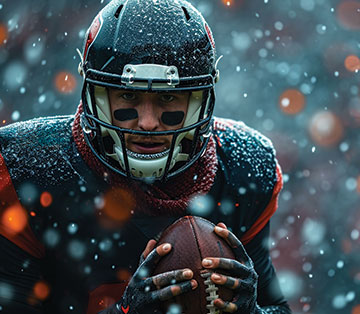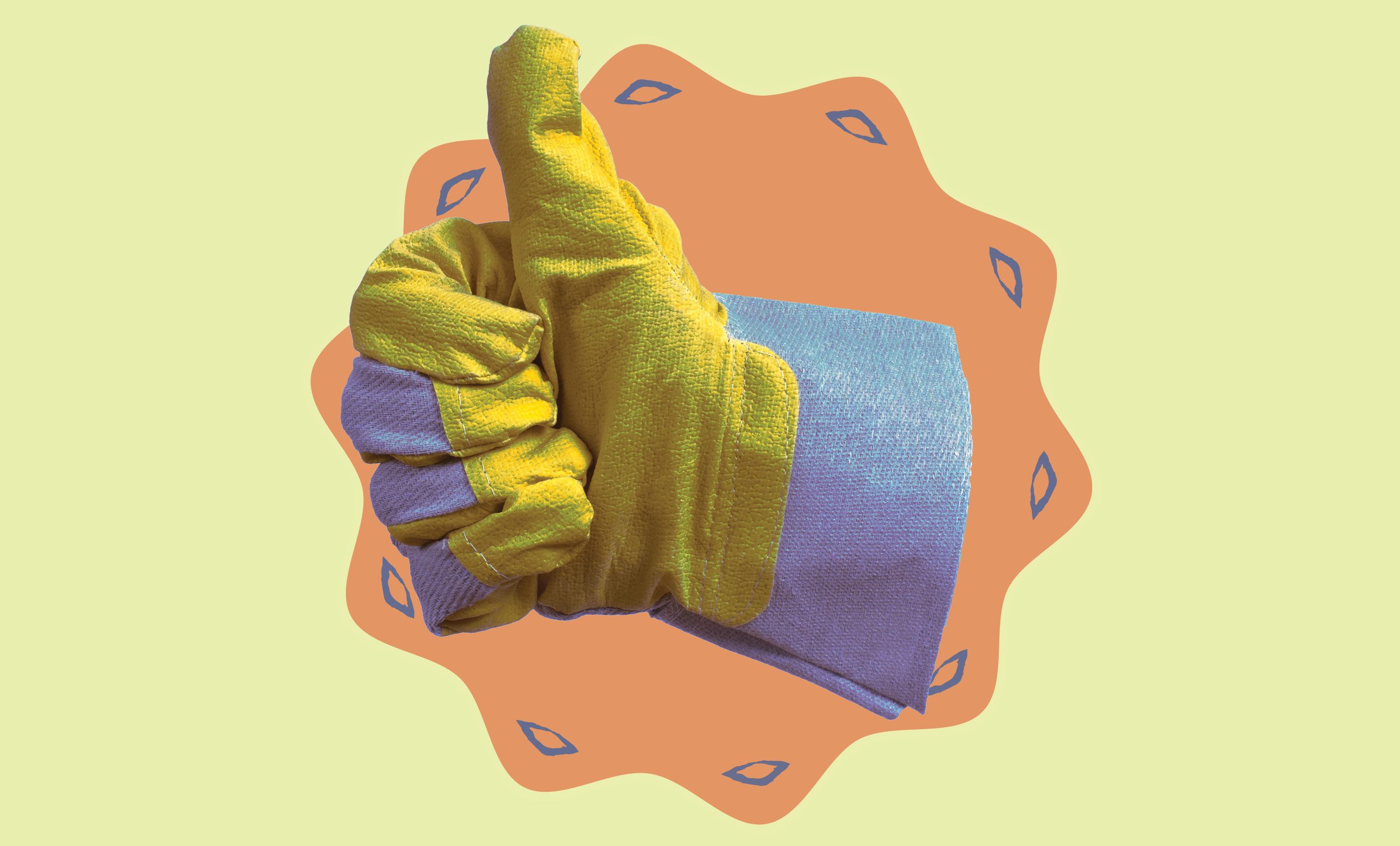
During this past Super Bowl, I couldn’t help but notice how many commercials featured Tom Brady. Even after being out of football, he is as popular as ever in many circles.
Seeing him and the “DunKings” reminded me of what an amazing path Brady charted considering where he started.
He was drafted 199th overall.
Six quarterbacks were selected ahead of him in the 2000 draft.
At the time, when asked about selecting a quarterback so late in the draft, New England Patriots Coach Bill Belichick said: “Brady’s a good, tough, competitive, smart quarterback that is a good value. We’ll just put him out there with everybody else and let him compete and see what happens.”
Interestingly, 2000 was also Belichick’s first year with the Patriots; he started with the team about six weeks before drafting Brady.
“Put him out there and see what happens” was an accurate posture considering the Patriots drafted six other players BEFORE getting around to Brady. So they got lucky … incredibly, undeniably lucky in their pick of Brady and the outcomes the team enjoyed.
Brady didn’t stand out in his college play; he was a backup quarterback his first two years at University of Michigan. The first time they let him play in a game, Michigan was up 35-3 late in the fourth quarter; they put him in to give him some playing time. Brady threw an interception that was returned for a touchdown. His game eventually improved but didn’t stand out to the world. He underperformed in the NFL tryouts, and most scouts described him as “middling” at best heading into draft day.
Isaac Newton’s third law states for every action in nature there is an equal and opposite reaction. So to keep balance in the universe, in a world that has a Tom Brady, we also must have a Johnny Manziel because “Johnny football” was the polar opposite of Brady.
Recruited out of high school to Texas A&M, Manziel broke NCAA records. He won the Heisman Trophy, college football’s highest honor, as a freshman (!), and that’s about where he peaked. He was drafted into the NFL but played only two seasons because of his spotty play and drama off the field.
Tom Brady played 23 seasons; Manziel played two. Brady won seven Super Bowls. Manziel threw seven touchdowns during his entire NFL career. But Manziel’s hype and shine were exponentially higher than Brady’s when they each began their careers.
There’s an old Texas insult of “all hat, no cattle.” Manziel looked like a rancher and talked like a rancher, but he didn’t have a herd.
And life’s full of Manziels. We have all met them, probably hired them, worked with them, likely fired them, and gone up against them as a competitor.
We also have seen some Tom Bradys and hired them reluctantly or without thought or interest, thinking: “Yeah, he’s got a pulse. Let’s put him out there and see what happens.”
The Manziels enter our orbit with such promise. We are so hopeful for their performances and anxious to see what they can do only to be disappointed because of their egos, lack of focus, drama and, ultimately, problematic performances.
Beware the Manziels, but keep an eye out for the Bradys. Who will put their head down and outwork anyone out there despite the lack of praise that preceded them?
Another interesting metaphor in all this is how teams and collaboration can foster greatness.
Take another quarterback, Aaron Rodgers, who is an amazing player. You could argue one of the NFL greats. But he just couldn’t do the “team thing.” He has been voted the NFL’s MVP four times (Tom Brady only has three!), but he was unable to convert that promise to multiple Super Bowl wins. He may have won personally, but the team didn’t.
When my family lived in Washington, D.C., years ago, my boys followed the Washington Nationals with glee and loved Bryce Harper. The team always did pretty well but never as well as expected. Harper left the Nationals to go to the Phillies because of greed and ego, and the very next season the Nationals won the World Series after starting the season with the worst record in baseball.
Teams matter. Star players can help (or hurt), but like Tom Brady’s ex-wife Gisele Bündchen famously said: “[He] cannot f***ing throw the ball and catch the ball at the same time.” Star players are part of teams, and the star with a lot of personal promise may ultimately be holding the team back from its cumulative potential.
Some of this we can control; some of it is the wild randomness of life and people. But we can remain mindful of whether we ourselves are being a Manziel or a Brady.
And we can watch to see whether there is a Harper or Rodgers who may be amazing but is holding others back in some fashion.
And we can put the team first.
MCKAY DANIELS is NRCA’s CEO.
mdaniels@nrca.net



